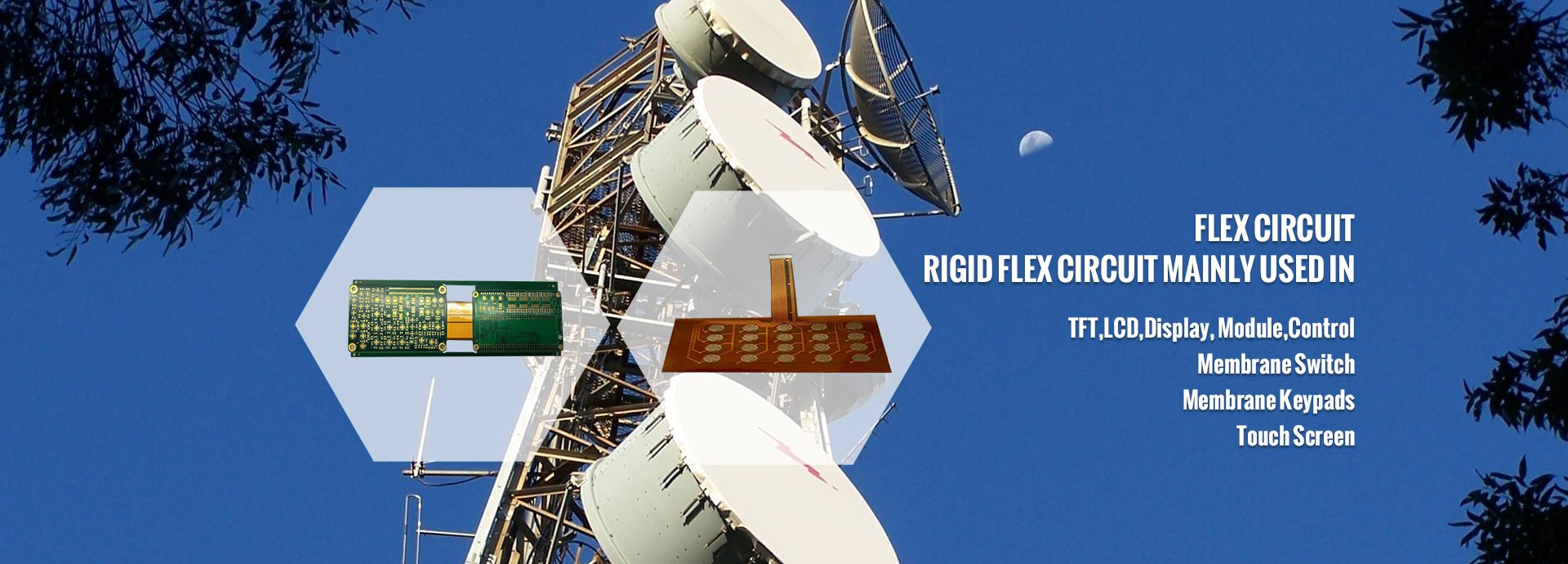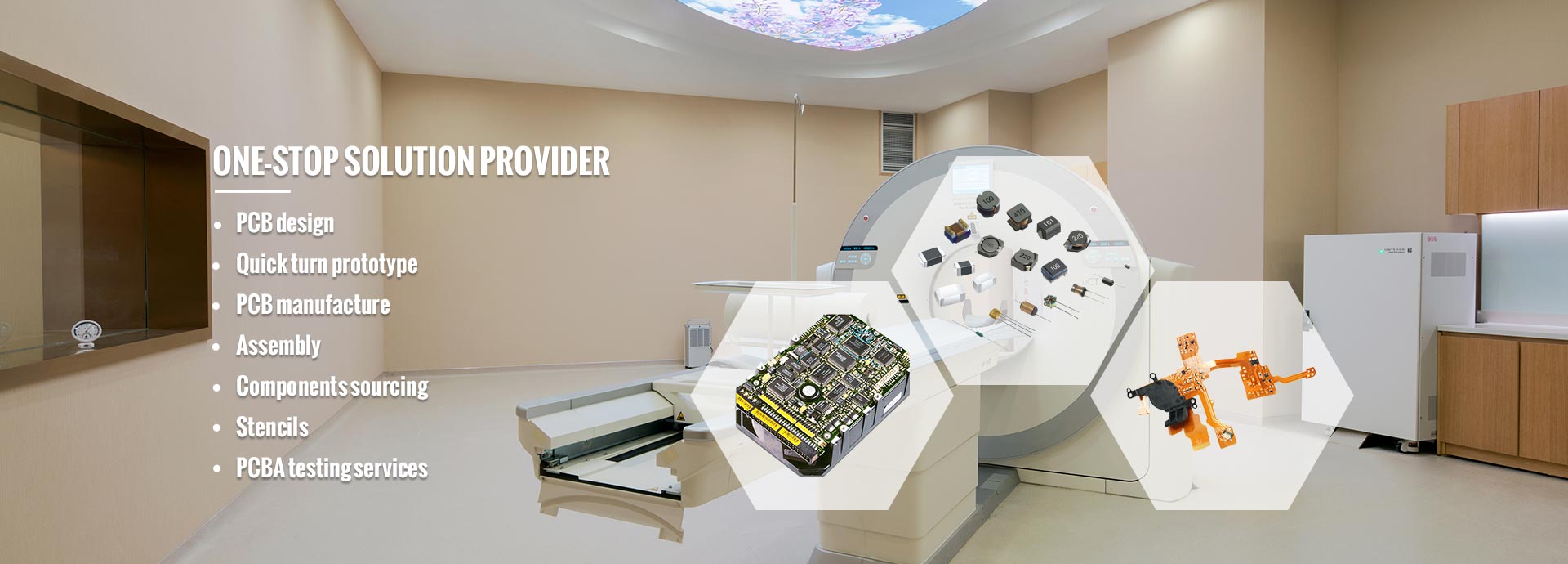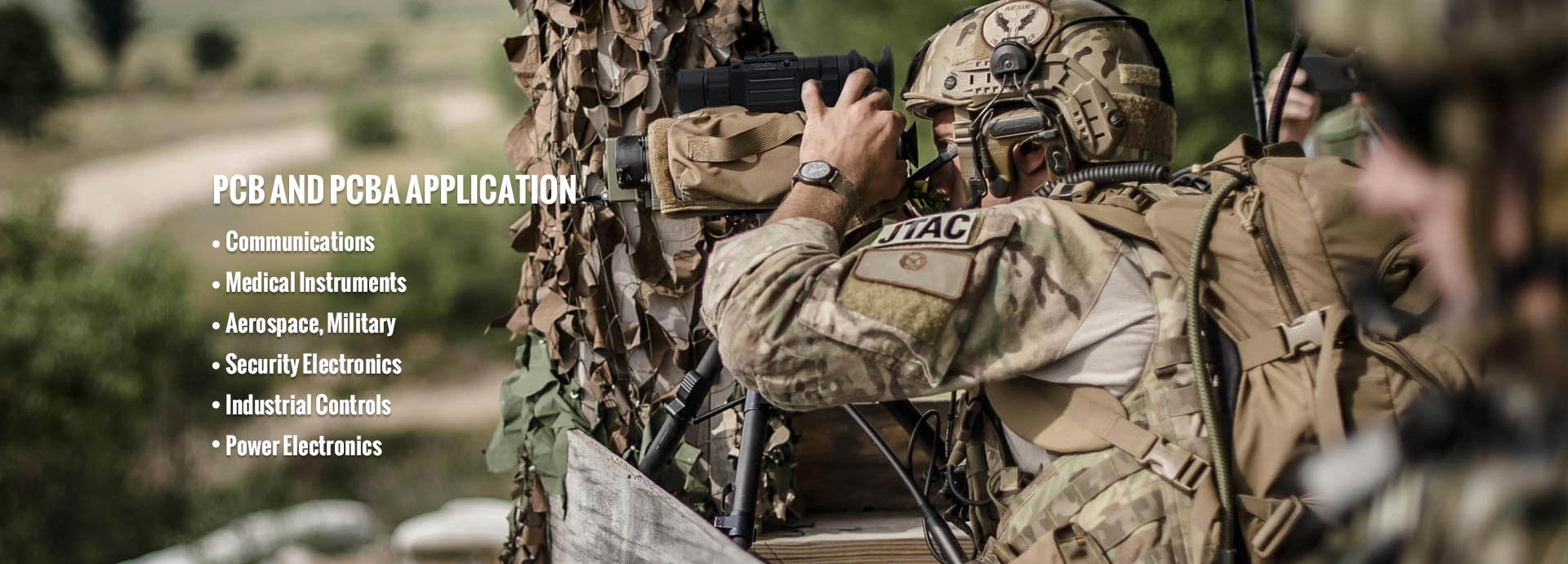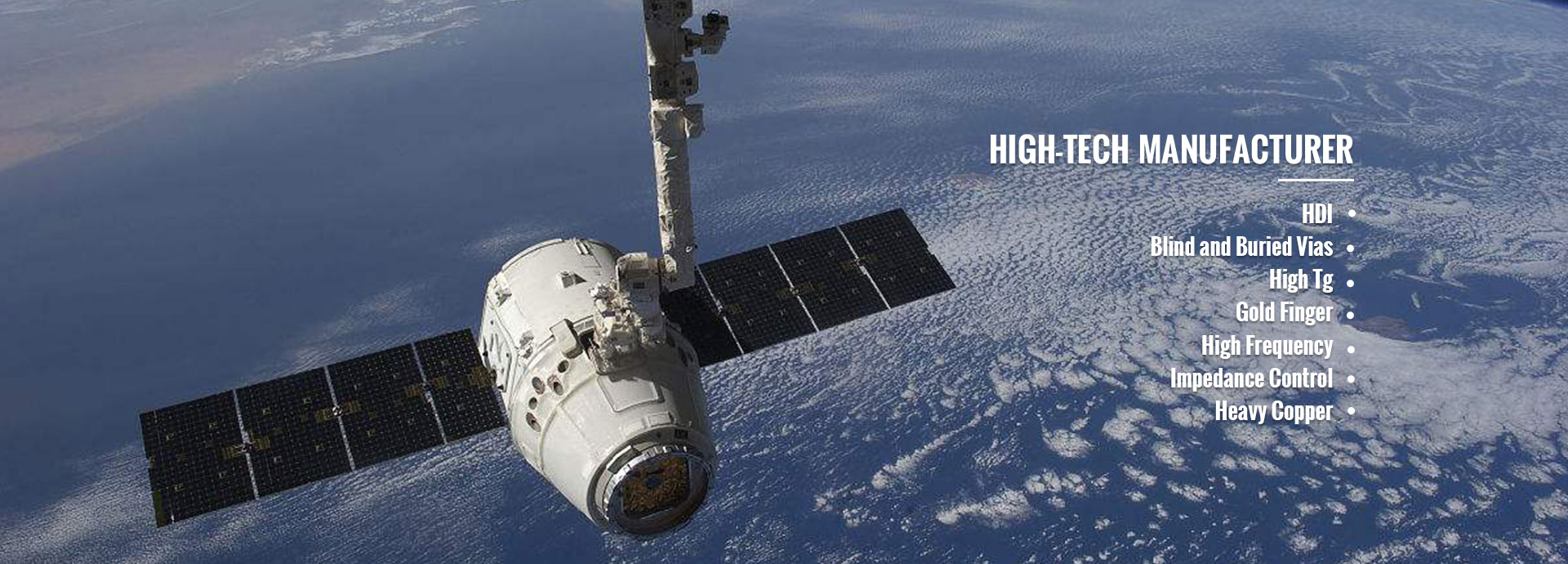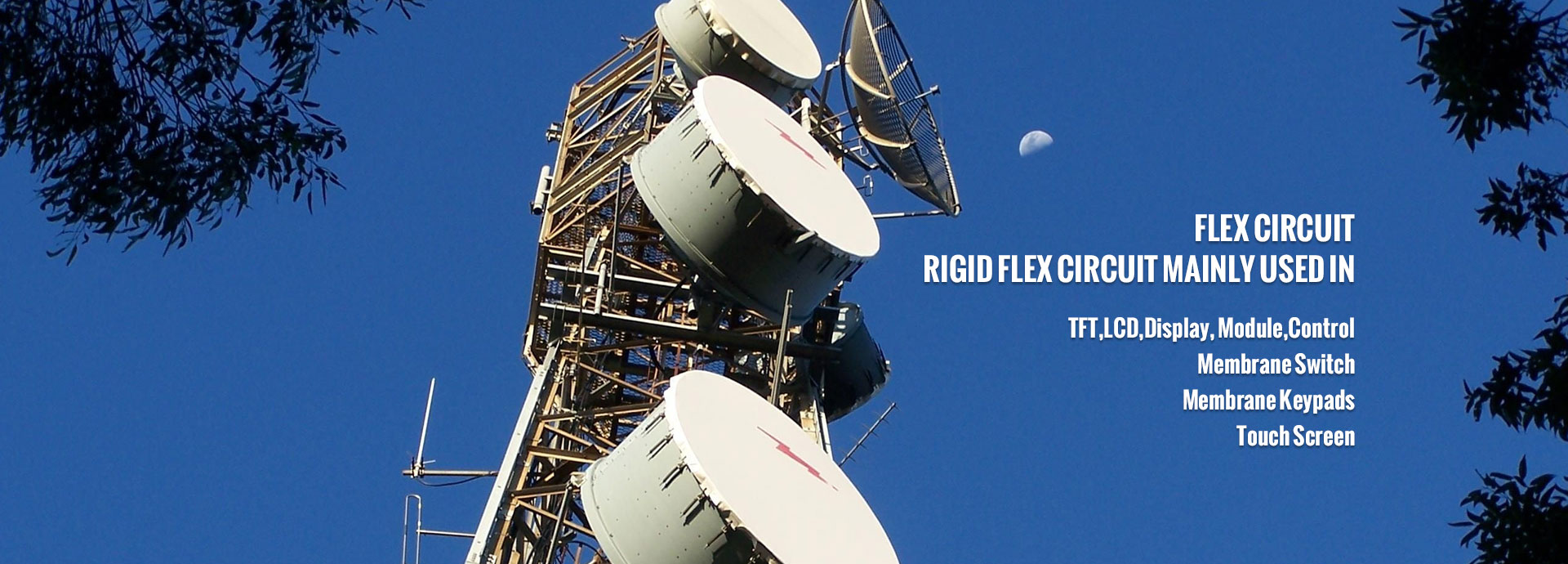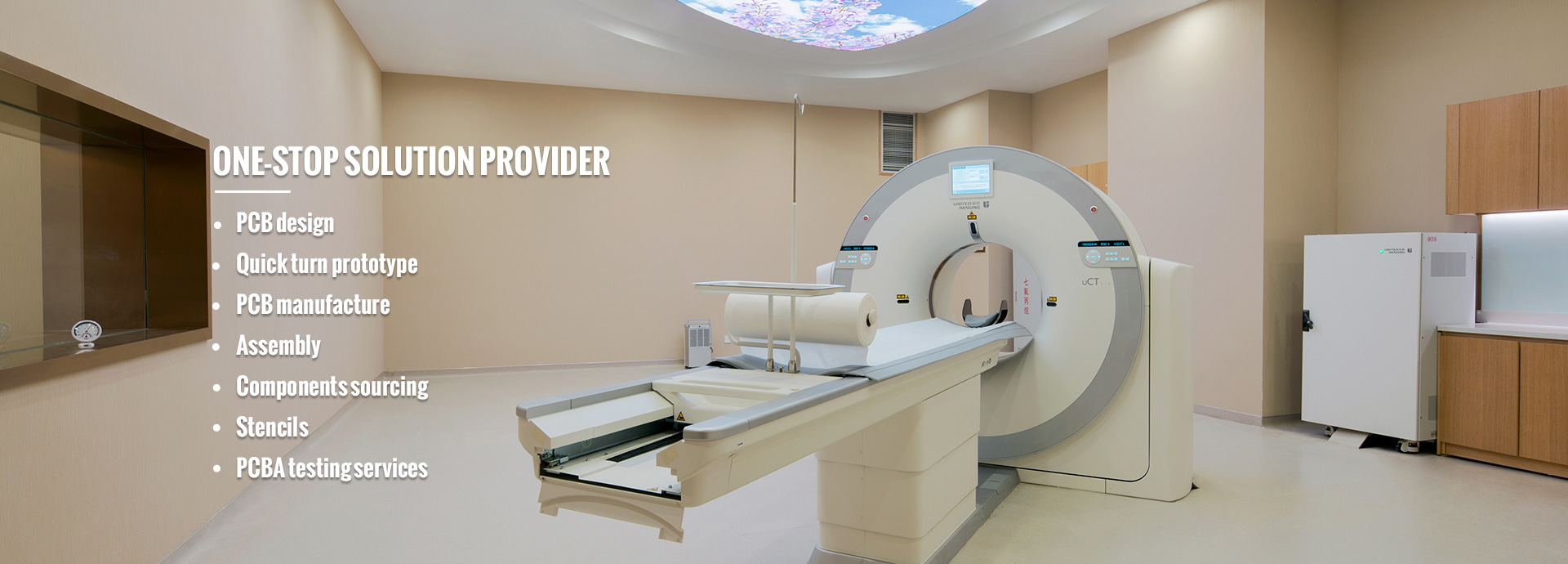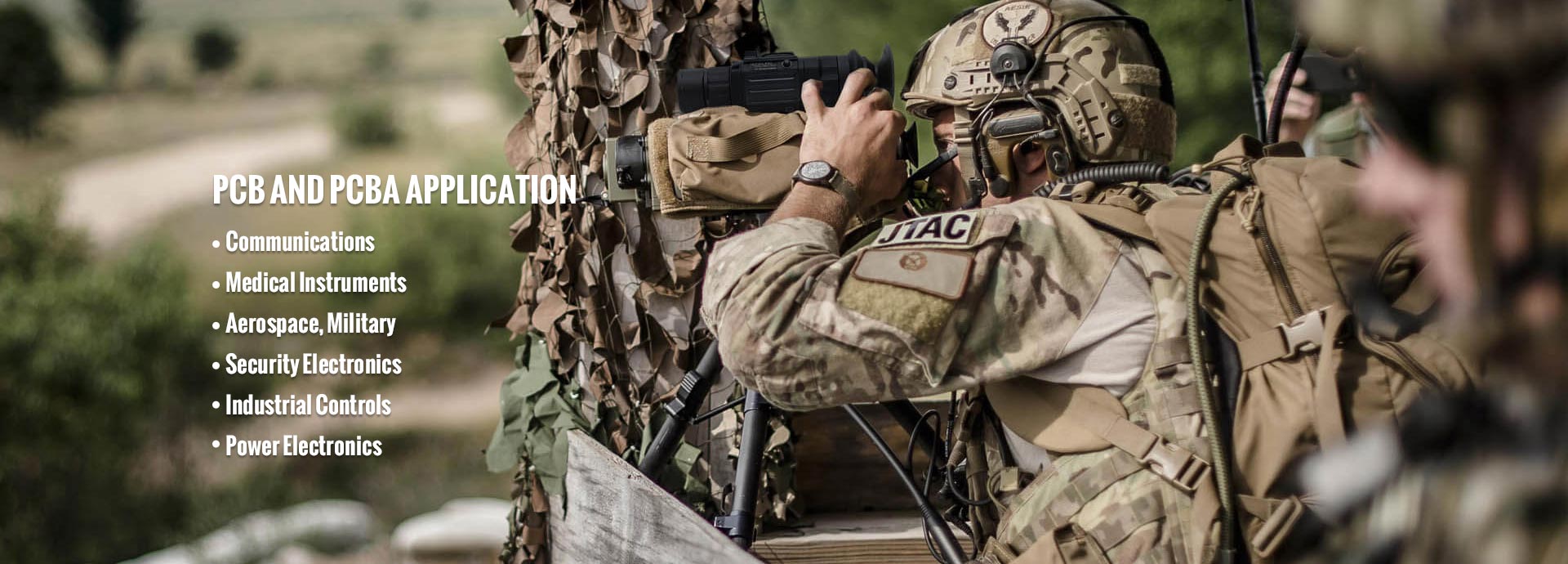Unitree Robotics and PCB Technologies: Rigid, Flex, Rigid-Flex, Aluminum, and PCBA
As the main supplier for Unitree Robotics, have high demand for the Rigid, Flex, Rigid-Flex, Aluminum, and PCBA manufacturing, quality and delivery.
Unitree Robotics, a pioneer in agile robotics, leverages a variety of PCB (Printed Circuit Board) technologies and PCBA (Printed Circuit Board Assembly) solutions to achieve the high performance, reliability, and agility their robots are known for. Here's how different PCB types come into play:
1. Rigid PCBs:
·
Application: The backbone of most electronic systems in Unitree robots, rigid PCBs are used in:
·
o
Main Control Boards: Housing the central processing unit (CPU), memory, and other critical components.
o
o
Motor Driver Boards: Controlling the powerful brushless DC motors (BLDC) in joints and limbs.
o
o
Power Distribution Boards: Efficiently distributing power from the battery to various subsystems.
o
·
Advantages: Rigid PCBs offer excellent mechanical strength, stability, and heat dissipation, making them ideal for high-power and high-reliability applications.
·
2. Flexible PCBs (Flex PCBs):
·
Application: Flex PCBs are used in areas requiring flexibility and space-saving, such as:
·
o
Connecting Moving Parts: Linking sensors, actuators, and other components across moving joints in legs and arms.
o
o
Wearable Components: Integrating electronics into wearable devices like robotic exoskeletons.
o
·
Advantages: Flex PCBs can bend, fold, and twist, enabling compact designs and reliable connections in dynamic environments.
·
3. Rigid-Flex PCBs:
·
Application: Combining the benefits of both rigid and flex PCBs, rigid-flex PCBs are used in:
·
o
Complex Assemblies: Interconnecting multiple rigid PCBs with flexible sections, reducing the need for bulky connectors and cables.
o
o
3D Packaging: Enabling more compact and efficient packaging of electronic components in confined spaces.
o
·
Advantages: Rigid-flex PCBs offer design flexibility, reduced weight and size, and improved reliability by minimizing connection points.
·
4. Aluminum PCBs:
·
Application: Primarily used for their excellent thermal conductivity, aluminum PCBs are found in:
·
o
High-Power Components: Such as motor drivers and power converters, where efficient heat dissipation is crucial.
o
o
LED Lighting: Providing thermal management for high-power LEDs used in illumination and status indication.
o
·
Advantages: Aluminum PCBs effectively dissipate heat, preventing component overheating and ensuring reliable operation.
·
5. PCBA (Printed Circuit Board Assembly):
·
Application: PCBA involves mounting and soldering electronic components onto the PCB, creating a functional electronic assembly. Unitree Robotics utilizes PCBA for:
·
o
All Electronic Systems: From the main control unit to sensor modules and communication interfaces.
o
o
Customization and Scalability: Enabling the production of different robot models with varying functionalities.
o
·
Advantages: PCBA ensures reliable electrical connections, efficient manufacturing, and consistent quality control.
·
Unitree Robotics' PCB and PCBA Design Considerations:
·
High Reliability: Robots operate in demanding environments, requiring PCBs with robust construction, high-quality materials, and components rated for extended temperature ranges and vibration resistance.
·
·
Compact Size and Lightweight: Agile robots demand miniaturized and lightweight PCBs to optimize mobility and performance.
·
·
High-Speed Signal Integrity: Precise motor control and sensor data processing necessitate careful PCB layout design to minimize signal interference and ensure data integrity.
·
·
Thermal Management: Efficient heat dissipation is crucial for reliable operation, achieved through proper PCB design, material selection, and heat sinks.
·
In Conclusion:
Unitree Robotics' success in developing agile and high-performance robots is deeply intertwined with their strategic use of various PCB technologies and PCBA solutions. By carefully selecting and integrating rigid, flex, rigid-flex, and aluminum PCBs, they achieve the optimal balance of performance, reliability, and compactness required for their groundbreaking robotic creations. As Unitree continues to push the boundaries of robotics, advancements in PCB and PCBA technology will undoubtedly play a crucial role in shaping the future of their robots.
Unitree Robotics: Pioneering Agile Robotics
Unitree Robotics is a leading Chinese company at the forefront of developing and manufacturing agile robots, particularly known for their quadruped robots that resemble and move like animals. Founded in 2017 and headquartered in Hangzhou, China, Unitree has quickly gained international recognition for its innovative designs, advanced technology, and commitment to making robotics more accessible.
Here's a comprehensive overview of Unitree Robotics:
1. Products:
Unitree's product portfolio primarily focuses on quadruped robots, with each generation showcasing significant advancements in agility, payload capacity, and intelligence:
·
Laikago (2017): Unitree's first commercial quadruped robot, known for its dynamic movement and affordability compared to competitors like Boston Dynamics' Spot.
·
·
Aliengo (2019): A more robust and agile successor to Laikago, featuring improved motor power, longer battery life, and enhanced terrain adaptability.
·
·
Go1 Series (2021): A groundbreaking line of consumer-oriented quadruped robots designed for home entertainment, education, and research. The Go1 series is remarkably lightweight, affordable, and features advanced AI capabilities for human-robot interaction.
·
·
B1 (2022): A larger and more powerful industrial-grade quadruped robot designed for tasks like inspection, logistics, and security in challenging environments.
·
·
H1 (2023): Unitree's most advanced humanoid robot to date, showcasing impressive bipedal locomotion, dexterity, and potential for various applications.
·
2. Technology:
Unitree robots are powered by a combination of cutting-edge technologies:
·
Advanced Actuation: High-torque motors, precision reducers, and lightweight materials enable dynamic and agile movements.
·
·
Proprietary Algorithms: Unitree develops its own control algorithms for gait generation, balance control, and obstacle avoidance, ensuring stable and efficient locomotion.
·
·
AI and Machine Learning: Integrated AI capabilities enable features like object recognition, human following, and autonomous navigation.
·
·
Modular Design: Unitree robots are designed with modularity in mind, allowing for easy customization, maintenance, and upgrades.
·
3. Applications:
Unitree robots have a wide range of potential applications across various industries:
·
Research and Education: Universities and research institutions utilize Unitree robots for studying robotics, AI, and biomechanics.
·
·
Entertainment: Go1 robots are popular for entertainment purposes, providing interactive experiences and companionship.
·
·
Inspection and Surveillance: B1 robots can navigate complex environments for tasks like industrial inspection, pipeline monitoring, and security patrols.
·
·
Logistics and Delivery: Quadruped robots have the potential to revolutionize last-mile delivery in urban areas.
·
·
Search and Rescue: Agile robots can access disaster zones and provide assistance in search and rescue operations.
·
4. Impact and Recognition:
Unitree Robotics has made significant contributions to the field of robotics:
·
Democratizing Robotics: By offering relatively affordable robots compared to competitors, Unitree is making advanced robotics technology more accessible to a wider range of users.
·
·
Pushing Technological Boundaries: Unitree's continuous innovation in actuation, control algorithms, and AI integration is driving the advancement of agile robotics.
·
·
Global Recognition: Unitree robots have gained international acclaim for their performance, design, and potential applications.
·
5. Future Outlook:
Unitree Robotics is well-positioned to play a leading role in the future of robotics:
·
Expanding Product Portfolio: Unitree is expected to continue developing new and innovative robots for various applications.
·
·
Focus on AI and Autonomy: Integrating more advanced AI capabilities will enhance the autonomy and intelligence of Unitree robots.
·
·
Commercialization and Partnerships: Unitree is actively seeking partnerships to commercialize its robots and expand its market reach.
·
In conclusion, Unitree Robotics is a leading force in the development of agile robots, pushing the boundaries of technology and making robotics more accessible. With its innovative products, advanced technology, and commitment to progress, Unitree is shaping the future of robotics and its impact on various industries.
https://www.unitree.com/cn/h1





